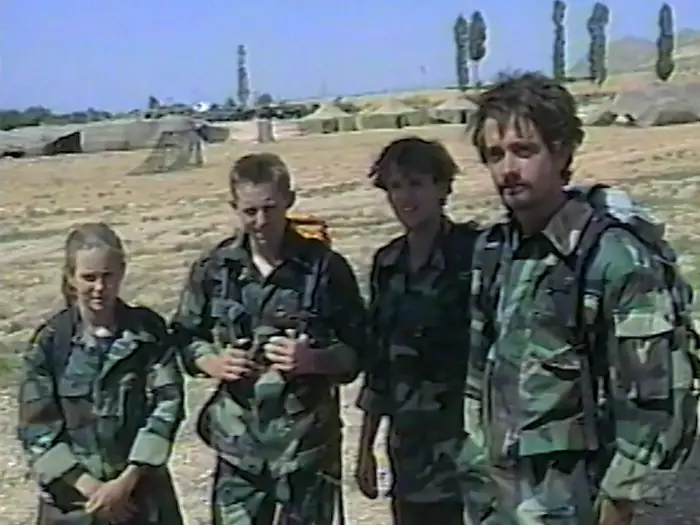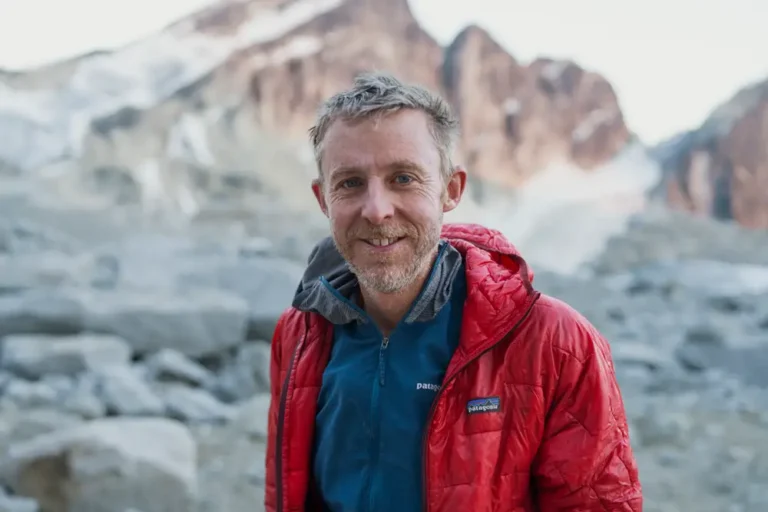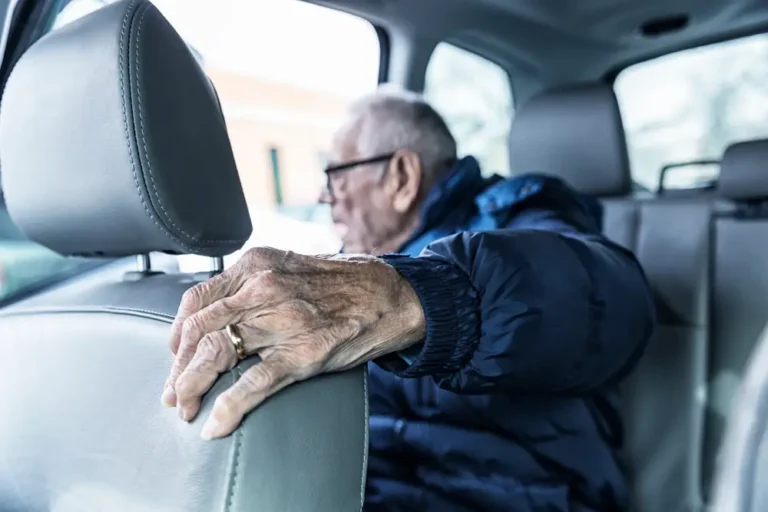At age 21, climber Tommy Caldwell pushed his kidnapper off a cliff. Here’s what he learned from the experience.

Tommy Caldwell in “The Devil’s Climb; Caldwell after he was rescued from Kyrgyzstan in 2000.
In “The Devil’s Climb,” a National Geographic documentary, famed rock climbers Tommy Caldwell and Alex Honnold (“Free Solo”) break a world record by climbing a treacherous Alaskan mountain in under 12 hours. At one point in the film, Caldwell talked about how dealing with past adversity helped him persevere through an Achilles injury.
One incident in particular came to mind: the time he and three other climbers were kidnapped in Kyrgyzstan and held hostage for six days.
At age 21, it was his first big international trip as a climber — one cut short when a small war broke out between armed rebels and the Kyrgyz government.

Tommy Caldwell, Beth Rodden, Jason Smith, and John Dickey, speak to reporters aboard a helicopter in Kyrgyzstan after their escape.
Caldwell said his group went without food or water for the entire time. They also witnessed murder.
Then, he saw an opportunity for escape: the kidnappers split up, with one assigned to guide the four climbers to a new location. Caldwell pushed him off a cliff.
“He fell 20 or 30 feet, bounced off a ledge, and then we just saw him disappear into the blackness,” Caldwell said in the film. “I figured in that moment that I just killed someone.” (In 2003, Outside reported that the man survived the fall).
The group ran to a nearby military base, where they were rescued and sent home. Caldwell told B-17 that he “just didn’t experience trauma the way that a lot of people would expect” from the kidnapping.
He told B-17 that he’s learned two major things about trauma and high-stress situations since that day 24 years ago.
Climbing prepared him for high-stress situations
Looking back, Caldwell believes his childhood eventually set him up to handle difficult situations like the kidnapping more calmly — specifically by managing his emotions and making quick decisions in high-stress situations.
Caldwell’s father, Mike Caldwell, was a bodybuilder, mountain guide, and rock climber. Caldwell said his father took him climbing from a young age, which introduced him to hazardous situations early in life. The experience instilled in Caldwell that “adversity brings out the best in us.”
He likened training resilience to building muscles: it requires consistent practice. “You just expose yourself to minorly traumatizing things at a slightly increased dosage over time,” he told B-17. “That gets you used to it.”

Beth Rodden, Tommy Caldwell, Jason Smith, and John Dickey after their rescue.
Making a hard decision gave him control
Caldwell still wonders why his kidnapping experience hasn’t negatively impacted him more. After reading “Waking the Tiger,” a 1997 book by psychotherapist Peter Levine, he found one possible explanation.
One of Caldwell’s big takeaways was that people who cope with trauma the best are the ones who find ways to regain control in a dangerous situation.
“In Kyrgyzstan, I was the one who made the hard decision,” he said. “I was the one that decided to get us out of there by pushing this guy off a cliff.”
Even though he believed he killed a person at the time, Caldwell said that making the choice also “psychologically added power.”
The experience boosted Caldwell’s belief in himself. “Now I know if I’m in a hard situation, I can do the right things to get out of it,” he said.






